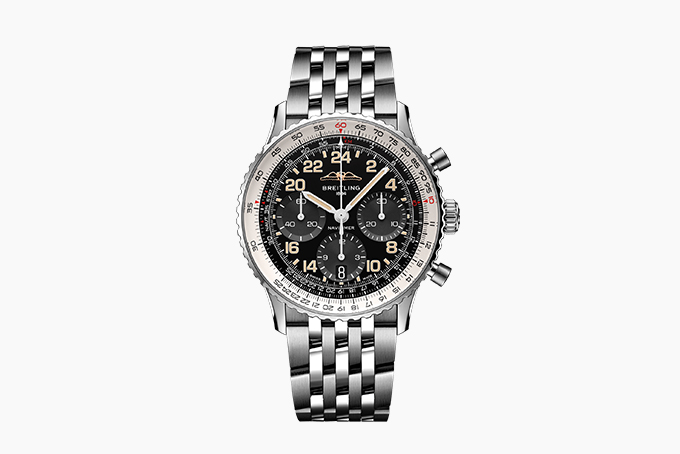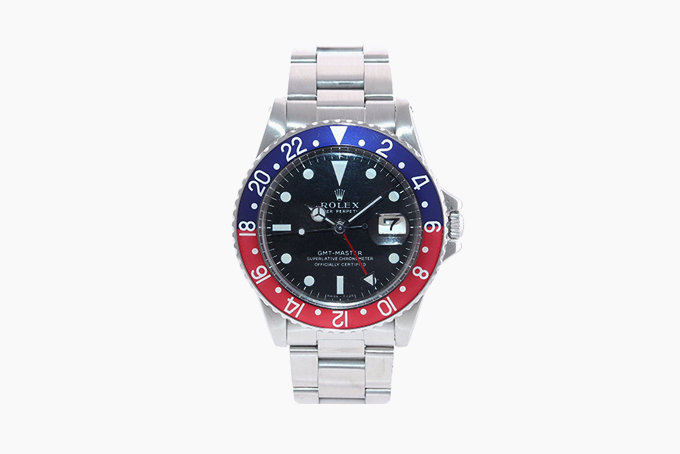FAKE BREITLING NAVITIMER COSMONAUTE

As we mentioned up top, the first confirmed wristwatch worn by a person in outer space was cheap fake Breitling’s custom-made “Cosmonaute” Navitimer, which Scott Carpenter wore during his Mercury-Atlas 7 mission in 1962. Built by Swiss made replica Breitling to Carpenter’s specific requests, the Cosmonaute received a 24-hour dial for distinguishing daytime and nighttime hours, a simplified slide rule bezel, and a wider bezel for easy operation with gloves.
Carpenter’s UK perfect replica Breitling performed admirably in space, but was ruined by water damage after the astronaut splashed down in the Atlantic. In 2022, Breitling released a 362-piece limited-edition reissue of the cheap copy Breitling Navitimer Cosmonaute, faithfully recreating the look and functionality of the original chronograph but adding modern and luxurious upgrades like a platinum bezel and sapphire display caseback.
REPLICA ROLEX GMT-MASTER 1675

Swiss movement fake Rolex has never been an officially-sanctioned watch for any space missions, but it has historically been very popular with astronauts, with no Rolex model being more associated with space exploration than the 1:1 replica Rolex GMT-Master — particularly ref. 1675, which was in production from 1959 to 1980. These second-generation GMT-Masters were especially prevalent during the Apollo moon missions — not surprising, given that it was arguably the best pilot’s copy watch of its day — with astronauts Jack Swiger from Apollo 13, Edgar Mitchell and Stuart Roosa from Apollo 14, and Ronald Evans from Apollo 17 all having worn their UK AAA replica Rolex Pepsis on their most famous missions.
There are even rumors that Swiger actually used his top super clone Rolex UK, not his Speedmaster, to time Apollo 13’s critical engine burns. While those rumors are largely believed to be just that — rumors — there is much better evidence that a Rolex GMT-Master fake for sale has made it to the lunar surface, with at least Evans’ 1675 having made the trip after he gave it to fellow space explorers Gene Cernan and Harrison Schmitt when they descended to the moon while he continued to orbit in the command module.